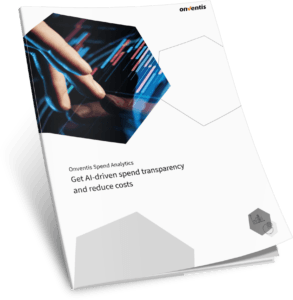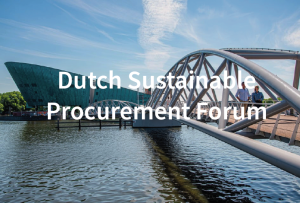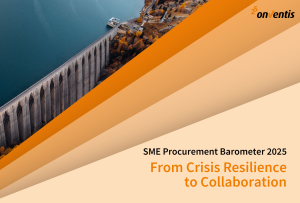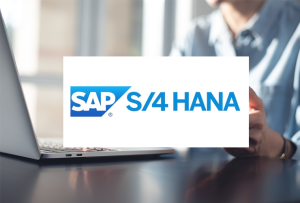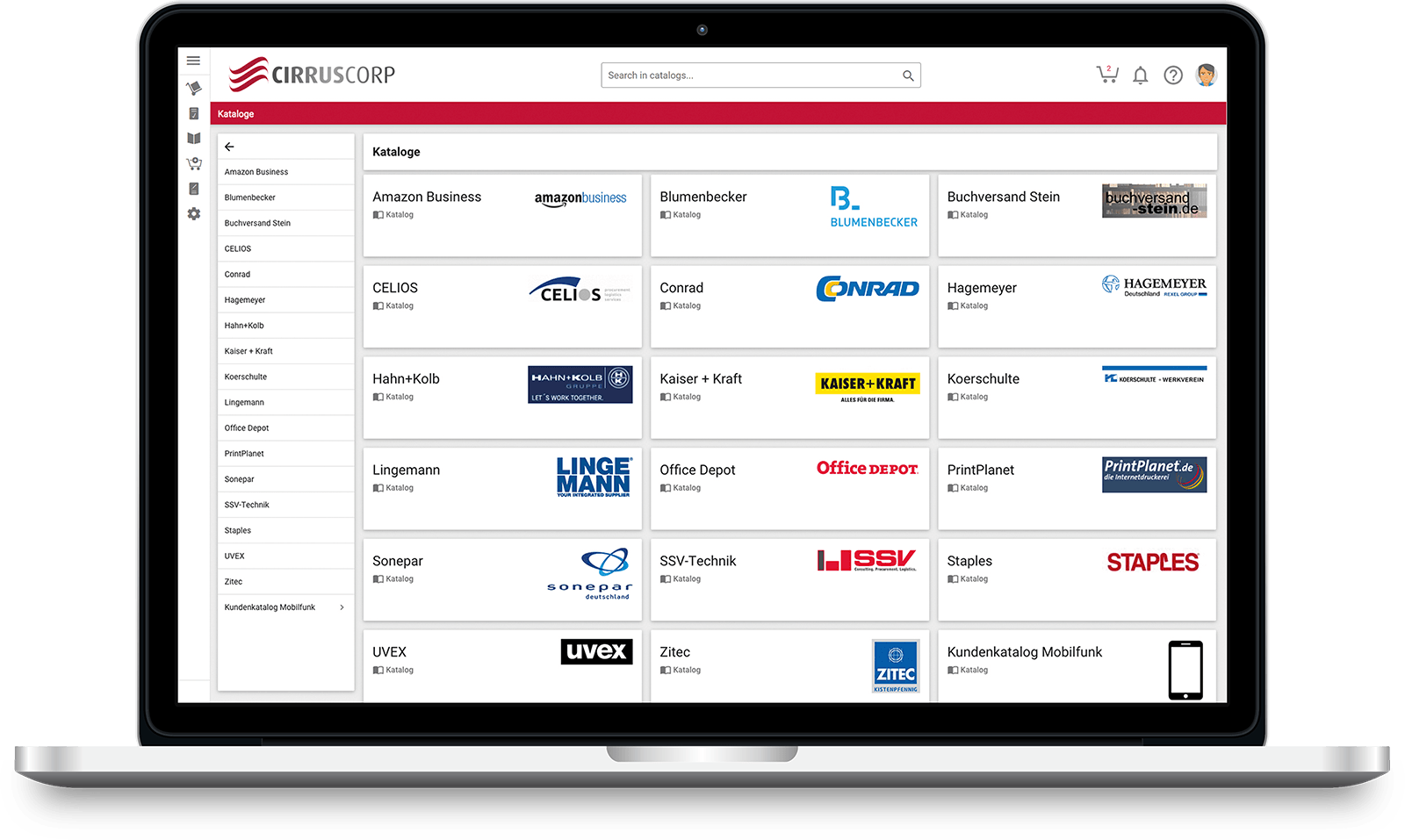What are the benefits of a Spend Analysis?
A spend analysis is perhaps the most versatile analysis in all of procurement. Yet there are still people questioning if it is worth the investment in time and money. So in this post we explore the six most common benefits of a spend analysis

The benefits of a spend analysis
- It helps drive performance through better prioritisation and resource deployment
- It helps drive performance through economy of scale and skill through category management
- It is of vital usage when following up on realised savings
- It ensures better compliance
- It can become a vital part in the forecasting and budgeting process
- It can be used to estimate the buying organisation’s sustainability impact
Increased performance through better prioritisation and resource allocation
I am yet to encounter a purchasing organisation that feels it has too many strategic sourcing managers. Quite the contrary, most purchasing organisations seem to suffer from a shortage of resources with a strategic focus.
One of the key levers to get more with less, is focusing on the right opportunities. In procurement this means allocating your strategic resources to those areas where you expect to get the greatest improvement in the shortest amount of time. This is completed using an opportunity assessment which is a prioritisation showing the potential value and ease of realisation on different improvement initiatives. It is compiled using mainly:
- A spend analysis with contract data
- Supplier market information
- Benchmarks or expert input
The opportunity assessment is a key component in procurement resource allocation and dimensioning. In our experience there is a clear linkage between having a good spend analysis solution, creating a good opportunity assessment, being able to invest in procurement and the overall result the procurement function achieves.
Enabling economy of skill and scale through category management in purchasing
It is well established that Category Management is the most value enhancing way of working in a procurement function. There are two main drivers for the performance. The first is that it enables economy of scale.
By leveraging the knowledge in a spend analysis, it is possible to consolidate all internal demand for similar products. The consolidated volume is then put infront of suppliers to compete for it. The bigger, consolidated, volume increases competition and improves landed cost. Economy of scale.
The second, and biggest, performance driver is that category management enables economy of skill. That shows in smarter and better deals. These are created in the interface between what the internal organisation wants and what the supplier market is optimised to provide.
Economy of skill is best leveraged by defining purchasing categories to reflect the supplier markets and allowing a number of procurement professionals to specialise in a limited number of these categories. The specialisation enables a deeper knowledge both of the suppliers, of internal business requirements and how to successfully manage change internally.
The exact forces behind the economy of skill is hard to define. Yet I am convinced it is the biggest performance driver in purchasing. Regardless of its exact composition, I know this for sure: it is only possible to leverage the economy of skill if it is based upon a spend analysis with a marked facing category structure. Without a reliable spend analysis there is no credibility in neither internal nor external discussions. And without that, there is no economy of skill.
Ensuring conversion from contracted to realised savings
Auditing reported indirect material cost savings is often a painful experience. Sometimes even embarrassing.
As so many other things in purchasing, how one works with direct material tend to dictate how we work with indirect material. Even if there are huge differences between the two.
One such difference is the leakage between contracted and realised savings. Most direct material price reductions will convert to realised savings. That makes sense because a new unit price is added into a purchasing system and then the next time more material is needed, it is called off using the updated information.
For indirect material however, things can get a bit messy. It stems from the fact that there is less control over Indirect Material purchases than for Direct Material ones. Typical situations that can arise are:
- Supplier price discrepancies – suppliers for one reason or another does not stick to the pricins that was agreed upon
- Maverick buyer behaviour – like buying non preferred products from a preferred supplier or even buying from a non-preferred supplier altogether
- Product substitution – Products with big discounts are discontinued by the supplier and replaced with new higher margin products.
Typically there is a 0.5-1 per cent over invoicing on total spend i.e. suppliers invoice more than they should according to existing contracts. For indirect material it is more likely on the higher end of the scale and in some specific categories, like Transportation, it is often as high as 2-4 per cent.
In cases in the past where I have been tasked with auditing reported savings in indirect material and services I regularly find leakages between 50-100 per cent. Meaning that if the purchasing organisation reported a saving of 100 I would in some cases find only half of that and in other cases could not find any evidence of any savings.
This shows the importance of following up realised savings instead of contracted savings. Failing to compile realised savings is bound to result in lower confidence for the purchasing department and negatively impact its abilities to create lasting impact.
A crucial part of measuring realised savings is having access to a good spend analysis solution that is frequently updated. The system should help discover many of the leakages described above and while also, for most categories, providing an input to calculating realised savings. For example you would have a list of all the products and the old prices and using the volumes and new pricing from the spend analysis system you can calculate the achieved realised saving.
Monitoring compliance
Implementation leakage is a big problem for procurement, especially in indirect materials and services where some categories over time fail to realise more than 50 per cent of identified savings. The leakage occurs when a new and better solution is developed but not fully implemented. Most often the problem is driven by a few individuals who do not know about the new solution or suppliers failing to fully comply with the new contract. Either way the result is the same: there is a gap between identified and realised savings and that gap tends to increase over time.
One of the most efficient ways to manage implementation leakage is having access to a detailed spend analysis and monitor the buying behaviour from stakeholders and the pricing behaviour from suppliers. Showing all current suppliers in a category will quickly reveal if there are certain areas of the business who have not embraced the new solution and continues to buy from non-preferred suppliers. Once the deviation is identified the process of understanding why it happened and how to avoid it can commence.
Finding suppliers that fail to invoice according to a new contract is a bit trickier. It can partly be remedied by having a purchasing system such as procure to pay with automatic invoice matching. But not all organisations have purchasing systems and not all products or services are purchased in them any way. This is where a spend analysis becomes helpful. The development of the overall spend per category may indicate if a new contract is used or not. For example a price reductions in subscription prices should be visible in the category overview. For non-subscription purchases you can analyse if the deviations come from interactions where we have issued a formal Purchase Order (PO) or where no formal PO has been issued, usually orders without a PO tend to cause more problems than orders with a PO. Finally the invoiced amount per unit and product can be retrieved from the spend analysis system and quickly compared with the new contract in excel.
Spend analysis in the budgeting and forecasting process
Almost all larger organisations operate with an implicit understanding that a set budget can be spent at the discretion of the budget owner. This is especially true for indirect material components of the budgets. So if you budget to buy 20 computers and you only need 15 and the prices per computer drop 20%, the budget owner can still get away with spending the full budget.
“It is my money, I own the budget” seems to be the rationale from certain managers to justify that they take money that was supposed to be spent on one thing, like computers, and spends it something else that was not included in the plan. So while cost savings for direct material automatically leads to reduced spendening, the savings in indirect material is often offset by buying more things.
In some companies with a very detailed budget processes, a saving in procurement will automatically lead to adjustments in all budgets where the category is included. But that is the exception to the rule. For many that would be setting the bar too high and a more feasible goal would be to ensure that procurement saving is taken into consideration when compiling the next budget.
The key to adjusting budgets to reflect cost improvements in indirect materials is having a spend analysis system that supports the process. In the simplest form it is just looking at historic costs and using them in budgets. In more advanced cases it could also be using the spend data in combination with AI to build a forecast for future spending.
The lack of a proper spend analysis system may result in cost savings in indirect material never hitting the bottom line. Not because the price reductions never happen but because they are fully offset by more buying.
Estimating environmental impact
Although much of the value from working with a spend analysis is derived from the two use cases prioritisation and compliance there are some additional value that can be derived from it. One such example is taking the transaction amounts and translating them to total environmental impact for the whole supply chain. There are a number of ways of doing it but the most common is deducing an impact per currency unit based on the industry and geography of the supplier. So spending €1 on a train ticket in Sweden will have a certain impact on the environment given that almost all trains here are electrified and almost all electricity comes from carbon free sources such as hydro, wind or nuclear power. However spending €1 on a train ticket in another country or region where either the power is mostly diesel or all the electricity is from coal power would mean a completely different impact.
The models, called green spend analysis (Swedish miljöspendanalys), translates business expenses to environmental impact. They are complex and only give rough estimates in a number of areas (CO2, land usage, chemicals etc). This makes them excellent for creating awareness and to find areas to address for environmental improvements but less suitable for measuring the outcome of your work.
For example a price reduction of 25 per cent does not necessarily translate to a reduction of environmental impact of 25 per cent. Conversely a 25 per cent cost increase does not necessarily mean a negative environmental impact. Replacing a product with a pricier, but environmentally friendlier option would lessen the environmental impact but due to the model’s construction would still be shown as an increase in environmental impact.
That said, we strongly support using these kinds of models to identify areas of improvement as long as one keeps the model’s limitation in mind when drawing conclusions. For example running these models on the Swedish public sector in a 2017 study revealed that one of the categories with the biggest CO2 equivalent impact (12 per cent of total) came from Industrial gases primarily used in healthcare. This was surprising to many as they only make up 0.06 per cent of the total spend. The insight lead to launching a project to optimise the usage, something that is not warranted solely on a spend basis but most definitely on the combination of spend and environmental impact.
Weitere BlogsMore BlogsMeer blogs

